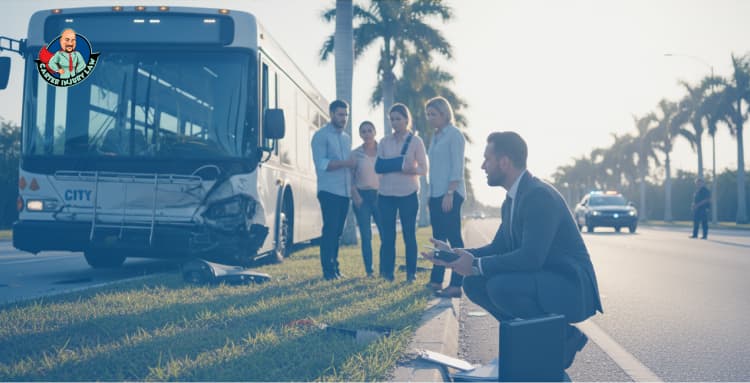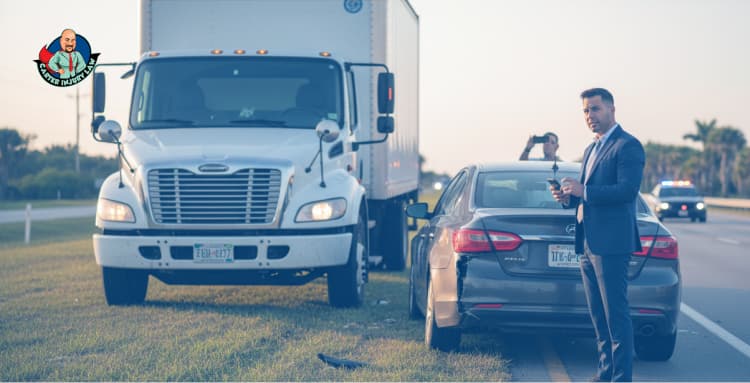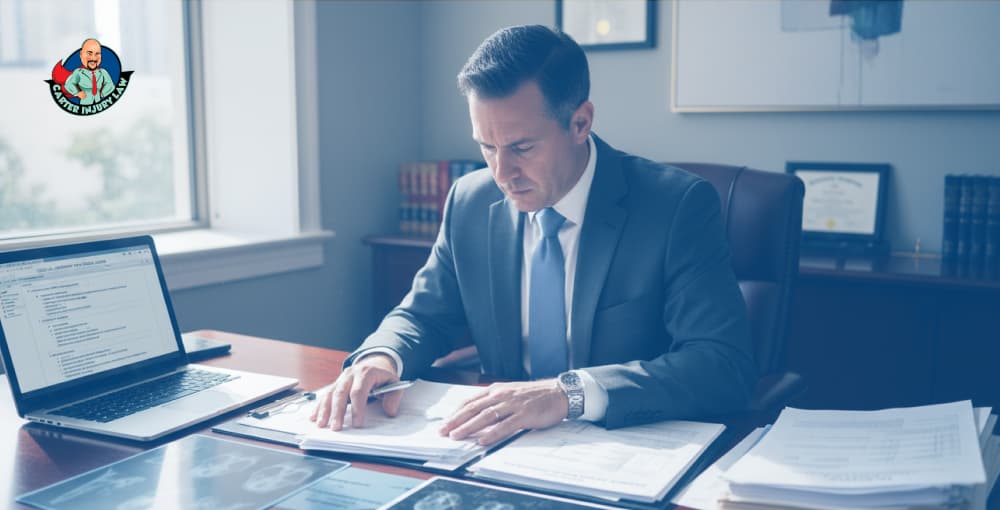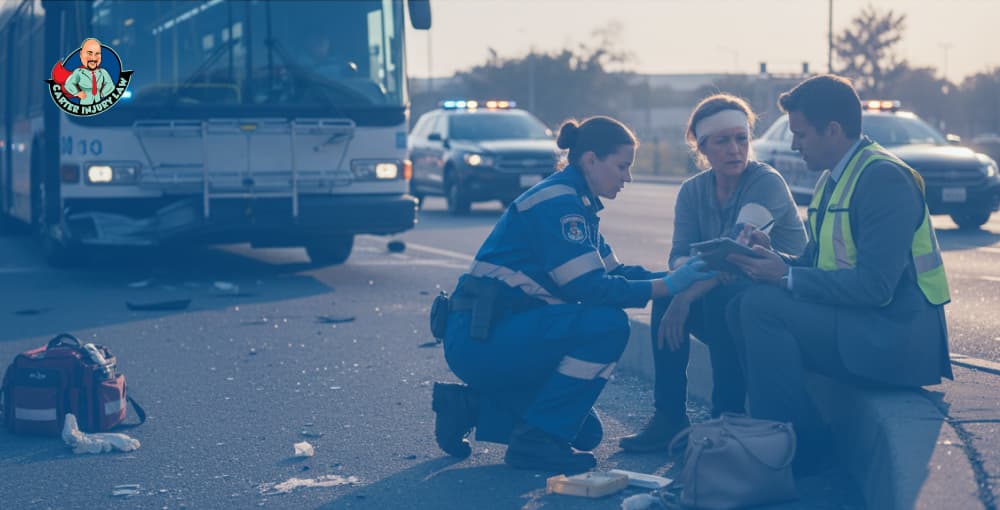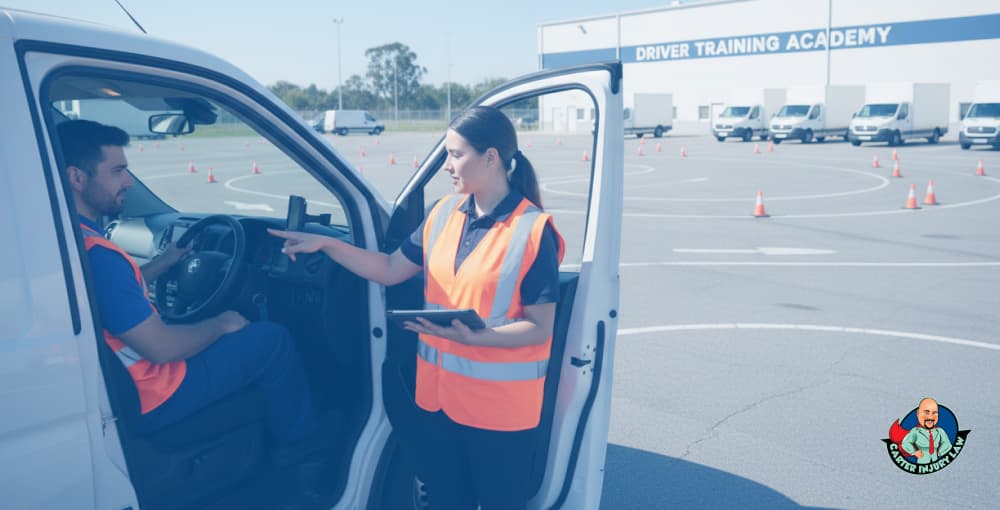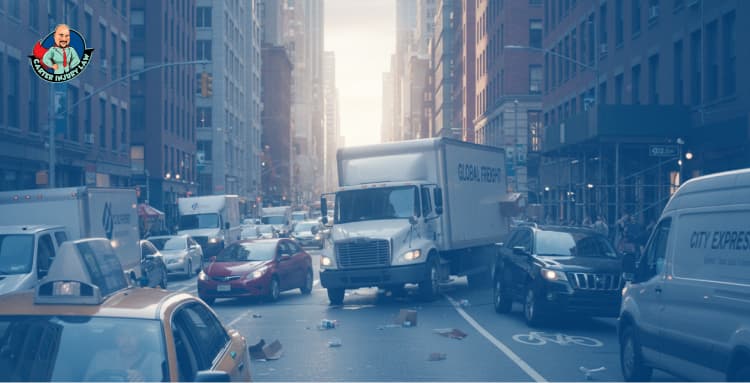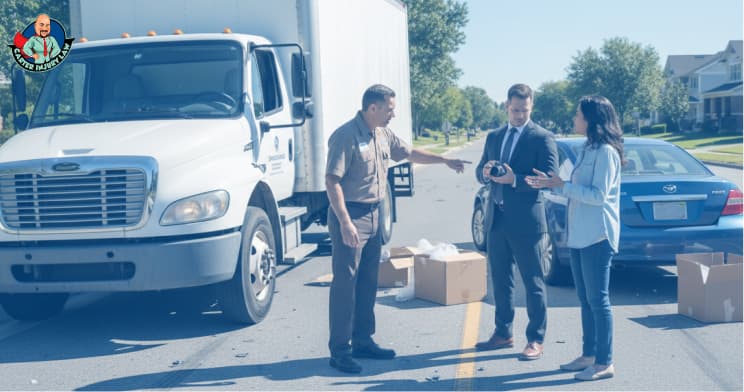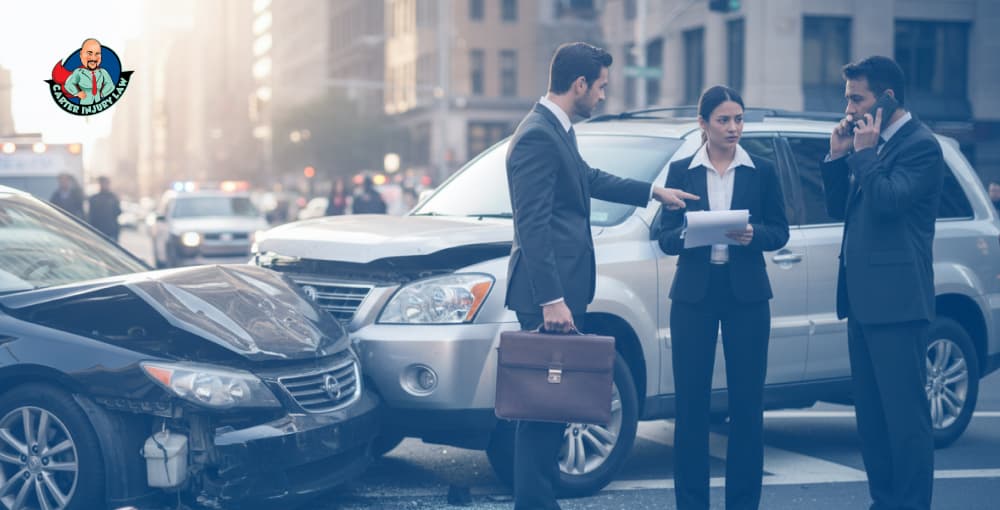The top hidden risks of riding a scooter in Florida include lack of protective gear, distracted drivers, uneven or slippery roads, limited insurance coverage, and unpredictable traffic from tourists and locals. These factors make scooter accidents more likely and often more serious than most riders expect.
Florida’s roads hold a strange beauty. Palms cast their thin shadows over asphalt, and everything smells faintly of heat and rain. However, beneath that beauty live uneven pavement, drivers distracted by screens, and rental scooters that promise simplicity but deliver chaos. The state’s growing number of scooter riders are stepping into a system that was never designed for them.
I write this not as a warning, but as something closer to truth told from experience. These stories are about the five biggest risks that shape every ride through Florida and what I have learned from those who never saw them coming.
(1) The Roads Tell Their Own Story
One afternoon, I drove to the scene of a case in St. Petersburg. The city was quiet after a storm. Water glistened in shallow puddles that caught the sunlight like glass. A rider had gone down there, thrown by a patch of sand that washed from a nearby construction site. It was the kind of accident that should never have been possible, yet it happened because no one thought to sweep the road.
That’s not a rare story. I have seen roads where city maintenance blurs into county jurisdiction, where no one takes responsibility until someone is hurt. A single neglected pothole can turn into a question of liability that moves between insurance companies and public agencies for months.
For riders, the danger begins in those unnoticed details. Loose gravel, faded lane markings, broken drainage grates are each a small test of balance that cars never notice. Most people assume the state’s sunshine makes for gentle riding, but the truth is that heat warps asphalt and rain hides the damage. Florida’s beauty is both a blessing and a disguise.
The road remembers everything. It holds the stories of riders who fell, of drivers who never saw them, of cities too stretched to mend the cracks in time. In my office, I listen to those stories retold by people trying to make sense of what happened. And every time, I am reminded that a smooth ride in Florida often depends on luck more than it should.
(2) The Invisible Danger of Distracted Drivers
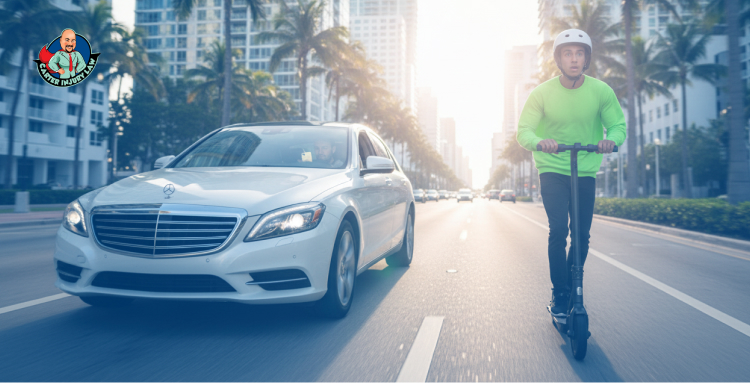
I once handled a case in Miami that began with a sound no one ever forgets. A rider was crossing Biscayne Boulevard when a driver, lost in a text, drifted into the bike lane. When I met her later in the hospital, she told me she had seen the driver’s face a second before impact, his eyes fixed on something glowing in his lap.
This is what I see most often now. Drivers looking down instead of ahead. Hands too busy with phones to turn the wheel in time. I have read police reports where the moment of distraction lasted less than 3 seconds, but in those seconds a scooter became invisible. The human brain edits out what it does not expect, and most drivers still do not expect a scooter beside them.
In Florida, distraction is its own epidemic. Sunlight flares against windshields, palm leaves flutter in the corner of vision, and phones buzz like restless insects. A rider cannot predict what the driver behind them will do, and by the time they can, it is usually too late. The law calls it negligence, but what I see is the collapse of attention in a world that keeps asking for it.
When I speak to new clients, I tell them that being visible on the road is a full-time act. Bright clothing, steady speed, constant awareness. It feels unfair that the smaller vehicle must shoulder the greater vigilance. However, the truth is, safety often belongs to the one who notices first.
(3) Insurance Promises That Vanish When Tested
Most people do not realize how exposed they are until after the crash. I meet them in quiet rooms at my office when the hospital bills begin to arrive and the calls from insurance companies grow less kind. They always tell me that they thought their insurance would cover them. Florida law, however, has a way of revealing the gaps only after it is too late.
In this state, scooters occupy an uneasy space. They are neither motorcycles nor bicycles in the legal sense. Under Florida Statute 316.003(44), a “motorized scooter” is defined as a vehicle without a seat that cannot travel faster than 20 miles per hour on level ground. Because of that technicality, most scooters are not required to be registered, insured, or even titled. It sounds freeing until the accident happens, and the injured rider learns that no insurance coverage often means no compensation for medical costs.
Personal Injury Protection, or PIP coverage, is another hidden trap. Florida’s no-fault law, under Statute 627.736, requires PIP for cars, but it does not apply to scooters. That means a rider thrown from a scooter has no automatic access to the medical and wage benefits that drivers take for granted. The result is a kind of legal limbo, where your recovery depends on whether another driver was involved and whether they carried bodily injury coverage.
This is where law turns into lived experience. A simple ride to the store can spiral into a rabbit hole of claims and counterclaims. I have seen people forced to choose between medical treatment and rent while insurance companies debate definitions written decades ago. The law catches up slowly to new forms of travel.
When I explain these things to clients, I tell them that preparation is not paranoia. Checking a policy, adding uninsured motorist coverage, or carrying private medical protection is not fear. Florida’s sun makes everything look simple, but simplicity is often the mask that danger wears.
Every time I read a statute or draft a claim, I think of those empty lanes where the accident began and how silence follows after the fall. The law will eventually speak, but for the rider, the cost of that silence is already written in ink and bone.
(4) Intersections Where Vision Fails
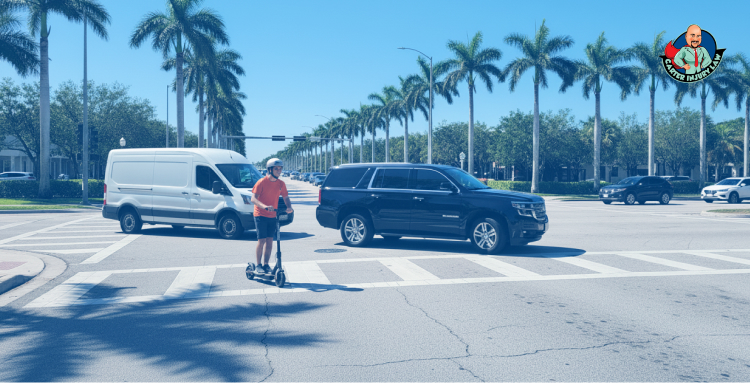
I have walked the corners of Florida cities long after the traffic lights stopped pulsing. There is a strange geometry to these places, where a scooter rider’s perspective collides with streets built for cars.
Sight lines are rarely what they seem. Palm trees cast sharp shadows that hide movement. Parked cars block entire lanes from view. Even a simple right turn can feel like threading through a forest of blind spots. Florida law, under Statute 316.130, requires drivers to yield at intersections, but it does not protect against mistakes or the inattention that so often follows. Responsibility exists, yes, but accidents happen in the milliseconds when human perception fails.
I have seen intersections where the paint has nearly disappeared, replaced by faint streaks worn down by tires over decades. I have studied police reports where riders were invisible not because of speed or recklessness, but because the road itself failed them.
Nighttime is worse. Streetlights flicker or do not exist. A scooter’s small frame disappears into the shadows, leaving drivers unaware until impact. I remember one case in Tampa, where a rider’s reflective jacket caught just enough light to avoid catastrophe, but not enough to prevent serious injury. The law will sort out liability afterward, but at the moment, visibility is all that matters.
(5) The Tourist Tangle
One summer, in Orlando near the theme parks, a student named Marco was riding home from his night shift. A tourist, navigating with a phone in one hand and a bag in the other, swerved across his path. Marco’s injuries were serious, but the confusion that followed was worse.
Insurance companies argued over liability. The rental company claimed the rider had assumed the risk. Florida law, under Statute 316.008, holds vehicle operators responsible for care on the road, but in practice, enforcement gets tangled when tourists and locals collide.
Rental scooters are everywhere. Companies promise convenience and adventure, but the laws that protect riders lag behind technology. Users often assume helmets and rules are optional, while local riders must anticipate the unexpected at every turn. I have seen the consequences: broken bones, hospital stays, and legal battles that stretch for months.
It is not just a matter of negligence. Tourists’ inexperience compounds risk, and for someone who rides regularly, those streets feel like a patchwork of danger zones. I counsel riders to treat rental scooters as wild animals in the cityscape. Stay alert, maintain distance, assume nothing, and protect yourself with reflective gear and caution.
In my office, I witness both sides of the locals who never expected an encounter and visitors who never realized what a street could demand. The Tamiami Trail, Miami Beach, and Tampa avenues all carry these stories, waiting silently for the next collision of freedom and oversight.
(6) How to Fall Safely on a Scooter
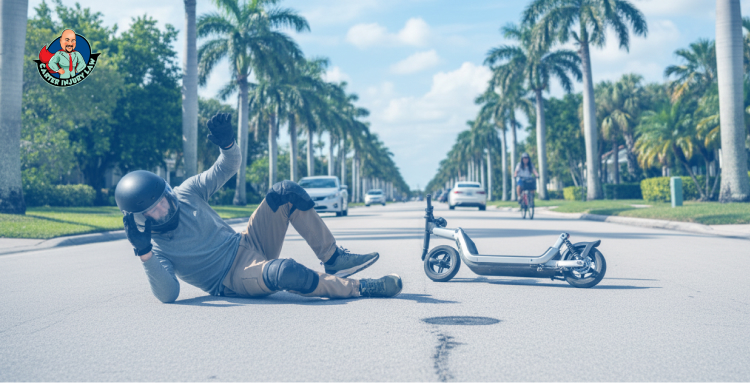
I rarely get to talk about falling. My work at Carter Injury Law exists in the aftermath, where broken bones and shattered confidence are the first words of every story. Yet I have learned that how a rider falls can matter almost as much as why the accident happened.
The first lesson is to roll. I have seen hands shattered by instinctive grabs at pavement. When a rider tucks and rolls with the motion of the fall, the body absorbs the impact across muscles instead of concentrating it on fragile bones.
Keep the chin tucked. I remember a young man in Sarasota whose instinct left his neck exposed. A small misjudgment turned a minor accident into a spine injury. Clothing matters too. Long sleeves and sturdy pants can turn scrapes into something manageable, while sneakers with solid soles protect the feet from the jagged surprises of asphalt.
Release the scooter. Let it go. I have counseled riders who tried to hold on, only to have the machine crush a limb or twist in ways that magnify injury. It is replaceable. You are not.
Every accident begins with a moment. How you move in that moment shapes the story that follows, and sometimes, it is the difference between being another case file and walking away with only a scar to remember it by.
(7) Every Case Begins with a Second of Silence
I have answered calls in the quiet hours, when the streets are dark and the world seems paused. The voices on the other end carry shock, pain, and confusion. They describe a moment that happened too fast for memory to catch, a second that rewrote their lives. That second becomes the story we trace, piece by piece, trying to make sense of what the law can fix and what it cannot.
Florida statutes provide a framework, but they are not the same as understanding the human cost. Statute 316.130 ensures right-of-way rules, 627.736 explains insurance protections, but none can replace the seconds lost in the crash itself.
Each case teaches me something. The law can assign fault, enforce compensation, and hold negligent drivers accountable. It can map liability between rental companies, city maintenance departments, and distracted drivers. However, the first seconds of an accident are private, invisible, and impossible to reclaim.
In every phone call, in every meeting at my office, I carry the weight of those first seconds. They are the reason I write, the reason I advise, and the reason I hope that every rider who reads this will take the quiet moments before the ride seriously. Because once that second passes, the law will follow, but it cannot undo what has been lost.




